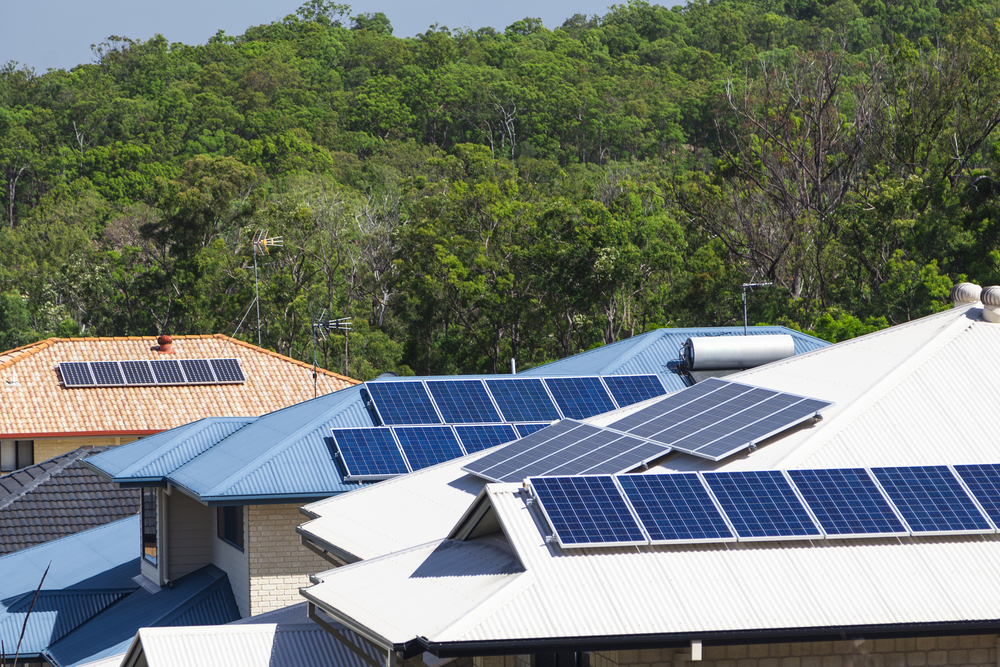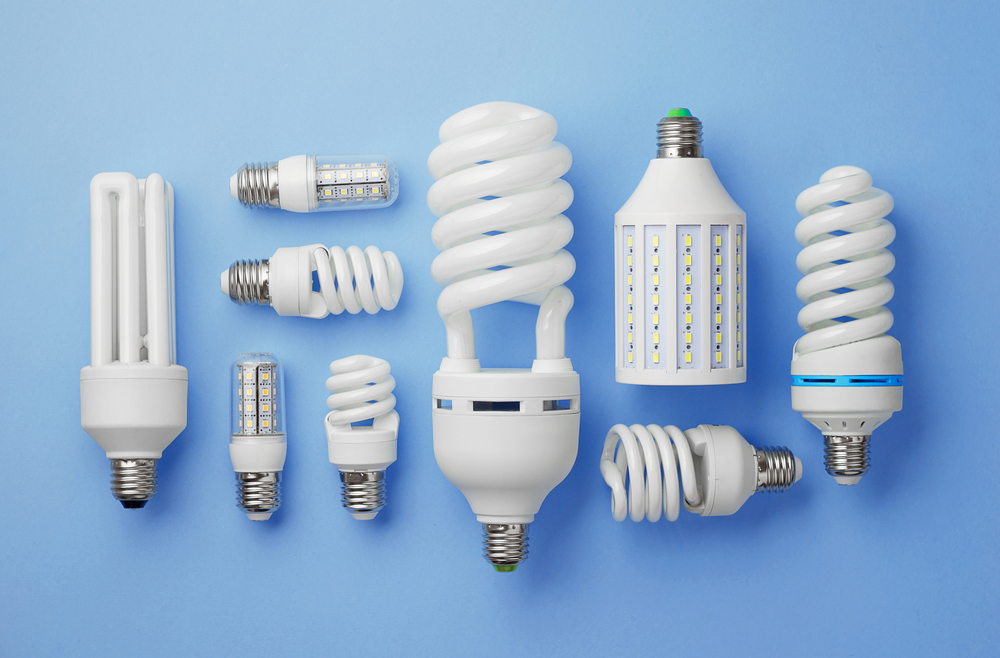What Happened To EnergySavers.gov?
As its domain name suggests, EnergySavers.gov was a U.S. government website designed to help American residents save energy in their homes, workplaces, and vehicles. The U.S. Energy Department indicated that the site was “designed to offer both low-cost and no-cost ways to lower energy costs, and includes easy energy saving tips.”
Today, if you were thinking about getting some tips on saving energy and hoping to get them from EnergySavers.gov, we have news: the website is no longer online. So what could have happened to the site that once called itself “a year-round resource for Americans’ energy needs?”
In this article, we want to answer the above question by following the history of EnergySavers.gov. We also look at the energy-saving tips and advice relating to the use of solar energy and lighting choices covered by the website.
Contents
The History of EnergySavers.gov
EnergySavers.gov was launched under the U.S. Department of Energy on October 1, 2008. The website’s launch coincided with the beginning of Energy Awareness Month.
A 2008 archived EnergySavers.gov page announcing the website launch quotes John Mizroch, the then-Acting Assistant Secretary for Energy Efficiency and Renewable Energy. He explains why the website is a vital resource: “By using energy wisely, every American can tap the cheapest, most abundant, and most reliable source of new energy available.” Adding, “EnergySavers.gov is a great resource for simple, low-cost energy efficiency tips that anyone can use.”
A One-Stop Energy Efficiency Resource
For residents looking for an effective way to use energy and save money, EnergySavers.gov was a one-stop-shop. The site had links to several sections. Below are examples of some of the sections you could find on the site.
No-Cost and Low-Cost Tips
This section contained free and low-cost tips that energy users could embrace to increase efficiency and reduce costs. For example, you could find tips on how you can fully use solar energy: “Open curtains on your south-facing windows during the day to allow sunlight to heat your home naturally and close them at night to reduce the chill you may feel from cold windows.”
Solar Power Resources
EnergySavers.gov had solar power resources, providing visitors with information that helped them understand how they could take advantage of the sun as an energy source.

Solar panels on multiple energy efficient homes
An excellent example of solar energy resources you could find on EnergySavers.gov includes a map showing the average daily solar radiation per month. This map provided visitors with an idea of the amount of solar radiation each region of the U.S. and its territories receive annually.
The National Renewable Energy Laboratory’s Resource Assessment Program developed the Average Daily Solar Radiation Per Month map. However, the program had a caveat: “Though useful for identifying general trends, this map should be used with caution for site-specific resource evaluations because variations in solar radiation not reflected in the maps can exist, introducing uncertainty into resource estimates.”
Other solar energy information available on the site included advice on estimating costs related to solar water heater systems. This information assisted visitors by making them conscious of the importance of estimating the cost of running a solar water heating system so that it’s easy to compare the system to others in terms of efficiency.
EnergySavers.gov notes that comparisons are essential in determining “the energy savings and payback period of investing in a more energy-efficient system, which will probably have a higher purchase price.”
Another helpful resource on the website related to solar was the information about the passive solar home design. The site provided information about how a “home’s windows, walls, and floors can be designed to collect, store, and distribute solar energy in the form of heat in the winter and reject solar heat in the summer.”
Energy Audits
It would be hard to know where to save energy and money without knowing your energy consumption patterns. However, knowing your energy consumption patterns could only be possible if you conducted an energy audit. So, EnergySavers.gov created an energy audits section.
From the energy audits section, visitors could access links to energy audit professionals and guides for those homeowners or building managers who wanted to do the audits themselves. There were also links to the “Energy Efficient Rehab Advisor Multifamily Building Calculator to find potential costs and savings of making your multifamily building more efficient (especially during a remodeling project).”
Lighting Choices
The lighting choices section provided tips on how you could reduce your expenditures while still using the same amount of lighting. How would this be possible? This section had the answer: “Upgrading 15 of the inefficient incandescent light bulbs in your home could save you about $50 per year.”
The section also provided knowledge showing how traditional incandescent bulbs consume more energy to produce light; 90% of the energy is given off as heat no one needs. According to the site, “That lost energy is money we are throwing away.”

Energy saving light bulbs organized over blue background, top view.
The lighting choices page had information about different types of lighting and the amount of energy they save:
Energy Saving Incandescents: Apart from being 25% more efficient, you can expect to use these bulbs up to three times longer than traditional incandescent bulbs.
Compact Fluorescent Lamps (CFLs): When compared to the same incandescent bulb producing the same amount of light, CFLs last up to ten times longer. Added to this, they save about 75% more energy compared to traditional incandescent bulbs.
Light Emitting Diode (LED): These lights use 75% to 85% less energy than traditional incandescent bulbs. These lights last 25 times longer.
Your Vehicle
EnergySavers.gov also provided information about how selecting a particular vehicle, driving it in a specific way, and choosing alternative fuels can assist you to use energy more efficiently. In this section, you could also learn about electric bicycles, hybrid vehicles, and how to compare the fuel economy.
What Then Happened To EnergySavers.gov?
After its launch in 2008, EnergySavers.gov was online until September 1, 2012, when it started redirecting visitors to Energy.gov. This redirect worked until February 2019, when it broke. Unfortunately, Energy.gov provides no details regarding what eventually happened to EnergySavers.gov.


